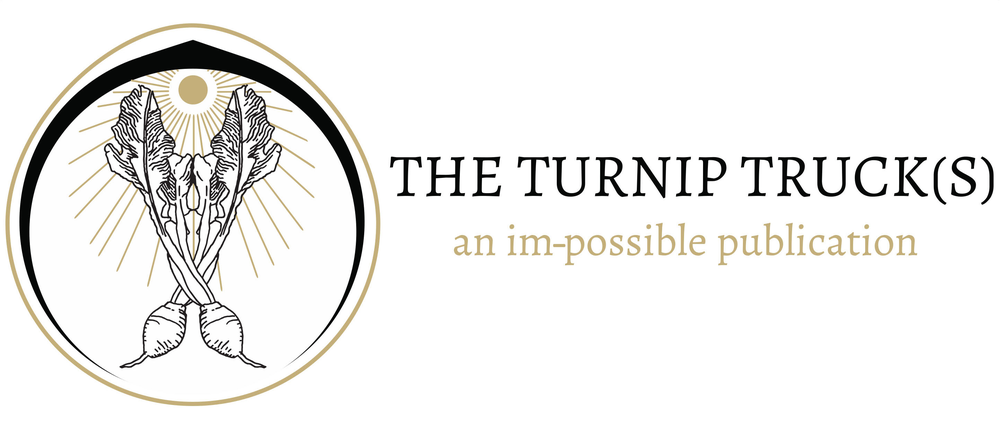‘Tis the season for superstitions: black cats cross our paths around Halloween; we play tug-of-war with the turkey’s wishbone at Thanksgiving; and now, December presents us with Friday the 13th, a day we’ve considered highly unlucky ever since October 13, 1307 when King Philip IV and Pope Clement V arrested the Knights Templar, believed to be protecting the Holy Grail, and massacred them after charging them with Satanism. The superstition about the unluckiness of the number 13 itself persists enough that we don’t even name the 13th floor of buildings. One theory suggests that because 12 is a perfect number, 13 must be unlucky because it is not. Another theory suggests that we associate 13 with evil because thirteen people attended The Last Supper, one of them being the betrayer Judas. While not all superstitions stem from biblical roots, most of them share a particular similarity. In his 1972 hit “Superstition,” Stevie Wonder sings, “When you believe in things that you don’t understand, then you suffer…” Yet, the irony is that superstitions have evolved from gestures meant to ward off suffering or to protect us from evil. This makes sense when we consider the root of the word, “superstare,” literally meant to “stand over" and “survive,” which conjures images of a victor standing over his dying conquest at the end of a battle. However, the term, as Wonder elucidates, has come to mean something more irrational—a belief in supernatural causation, that a gesture can invite (breaking a mirror) or prevent (knocking on wood) harm. This is why we don’t name the 13th floor of buildings and also why, in some parts of Utah, lancing a lemon with a rusty nail is believed to ward off the evil eye. So this Friday the 13th, as Hollywood capitalizes on our fears of this day, throw a pinch of salt over your left shoulder, into the face of the Devil who lurks there[1], and go out to enjoy the full moon.
[1] The left side is considerer the sinister side, from the Latin “sinestra,” left hand. In Christian symbolism, the left is the evil side. At the Last Judgement, the elect will be on Jesus’ left, the damned on His right, the side of the righteous.

